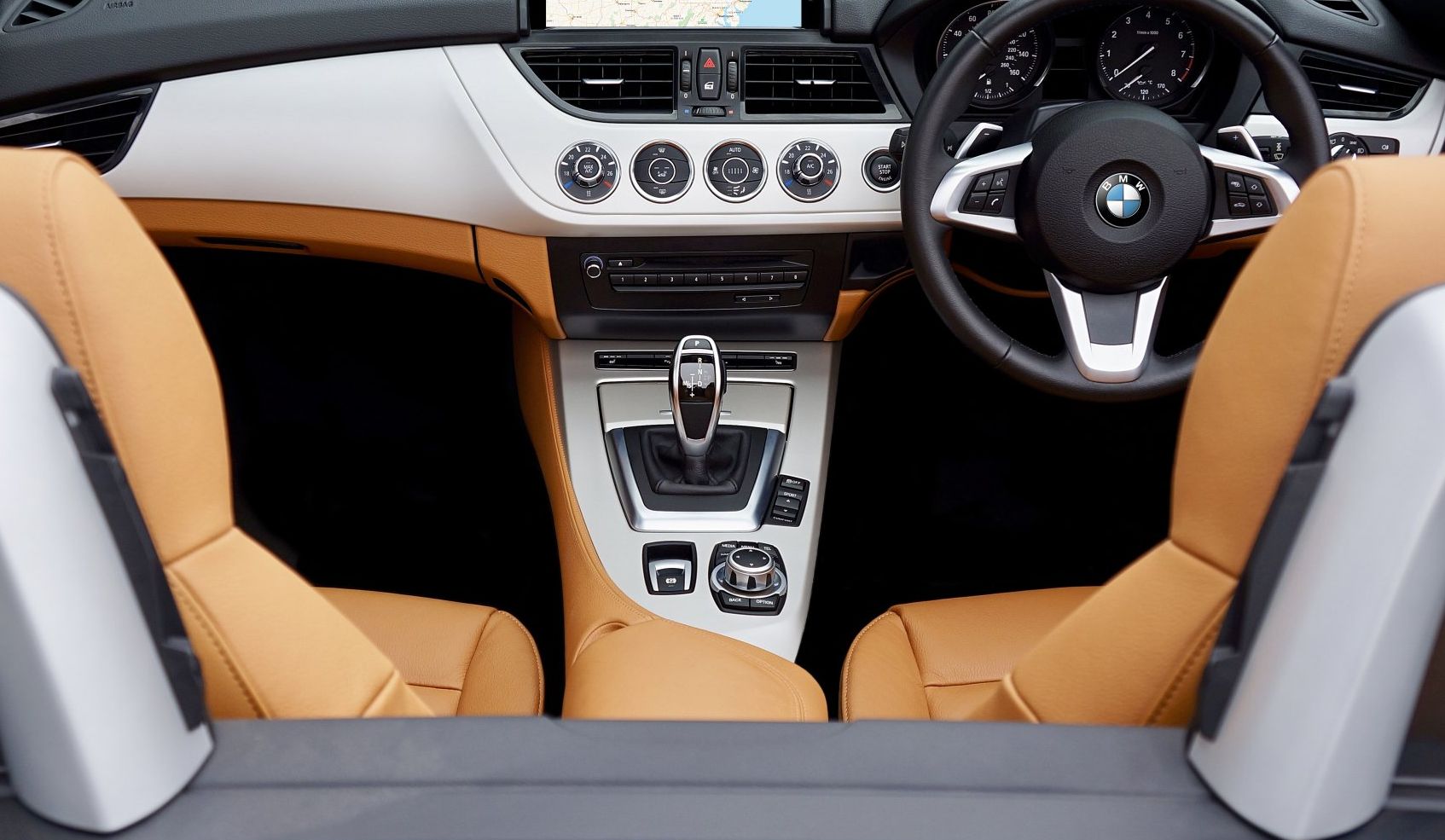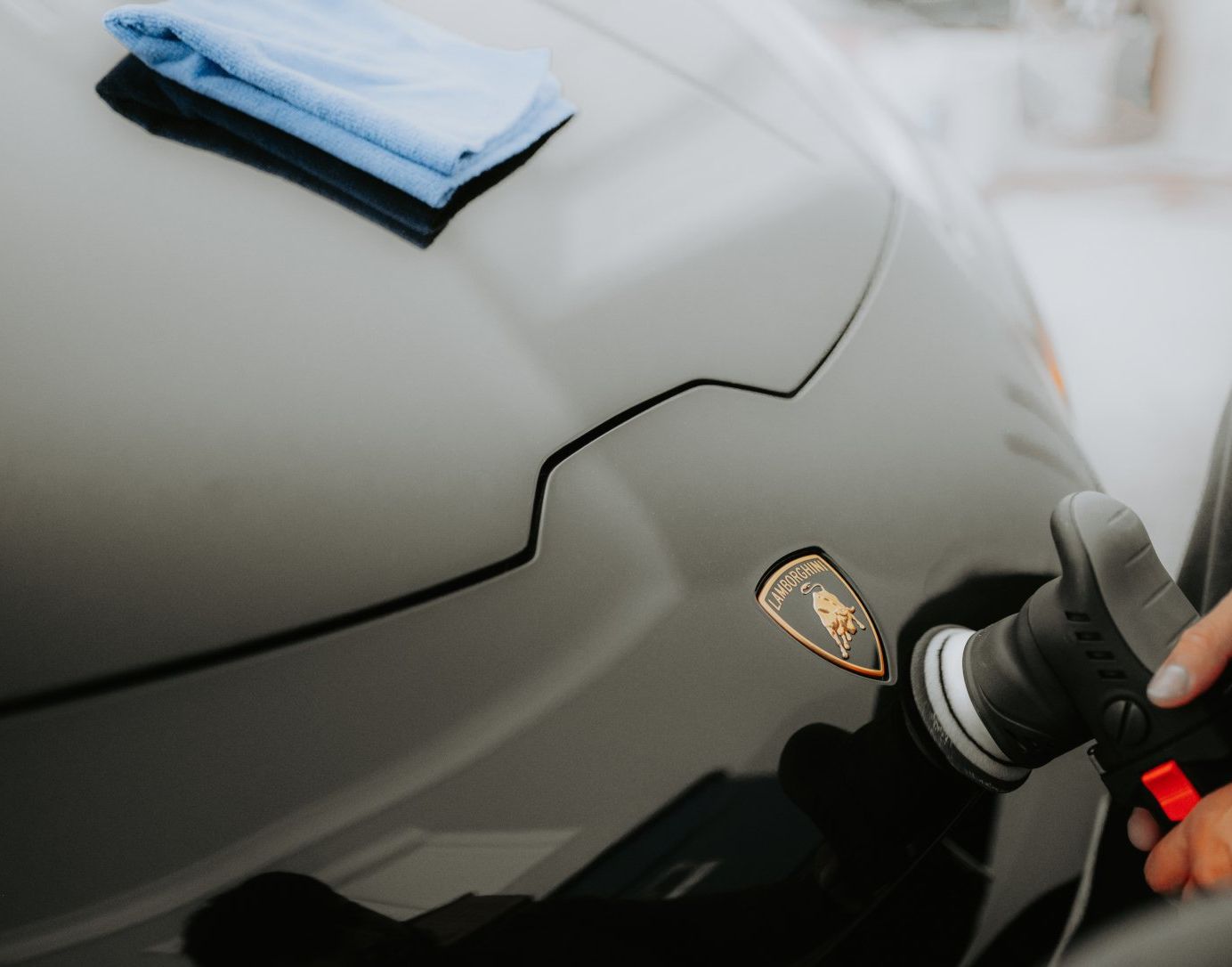What You Need to Know About Paint Correction: The Ultimate Guide to Restoring Your Car's Finish
Your car's paint job is not only a reflection of its aesthetics, but also of the care and maintenance you've put into it. Over time, however, it can lose its luster due to a variety of factors such as weather, dirt, and debris. Fortunately, paint correction can restore your car's finish to its original shine. In this blog post, we'll explore what paint correction is, why it's essential, and how you can go about it.
What is Paint Correction?
Paint correction is the process of removing defects and imperfections from a vehicle's painted surface, such as swirl marks, scratches, oxidation, and water spots. The goal is to restore the paint's original luster and depth of color by leveling the paint's clear coat, which protects the pigmented layer beneath. When done correctly, paint correction can dramatically improve your car's appearance and even increase its resale value.
Why is Paint Correction Important?
- Enhances Aesthetics: A well-maintained paint job not only looks great but also reflects the overall condition of your car. Paint correction enhances the aesthetics of your vehicle by removing unsightly blemishes and revealing the true beauty of its finish.
- Protects Your Investment: A car's paint job is one of its most valuable assets. Proper paint correction can help preserve your vehicle's value and ensure that it stays looking its best for years to come.
- Prevents Further Damage: By removing defects and leveling the clear coat, paint correction helps prevent further damage to the paint. This is because the clear coat serves as a barrier against environmental elements and contaminants that can cause further deterioration.
How to Perform Paint Correction
- Assess the Condition: Before starting the paint correction process, carefully inspect your car's paintwork to determine the extent of the defects and the level of correction needed. This will help you decide on the appropriate tools, products, and techniques to use.
- Wash and Dry: Thoroughly wash your vehicle with a high-quality car shampoo and microfiber wash mitt. This step ensures that all dirt, debris, and contaminants are removed from the surface, preventing further damage during the paint correction process. Dry the vehicle using a microfiber towel or a car drying tool to avoid water spots.
- Clay Bar Treatment: Using a clay bar or clay mitt, gently rub the surface of the paint to remove any embedded contaminants. This step helps to create a smooth surface for the paint correction process.
- Compound and Polish: Depending on the severity of the paint defects, you may need to start with a cutting compound to remove deeper scratches and swirl marks. Use a dual-action polisher or rotary polisher with a foam pad to evenly apply the compound. Follow up with a polishing compound to refine the surface and restore the paint's gloss.
- Seal and Protect: After paint correction, it's crucial to seal the paint with a high-quality paint sealant or ceramic coating. This step helps to protect the paint from further damage and maintain the results of the paint correction process.
Paint correction is an essential part of car care that can restore your vehicle's finish to its original shine. By taking the time to assess the paintwork, using the appropriate tools and techniques, and sealing the paint afterward, you can enhance your car's appearance and protect your investment. So, roll up your sleeves and get ready to bring your car's paint back to life!
You might also like


